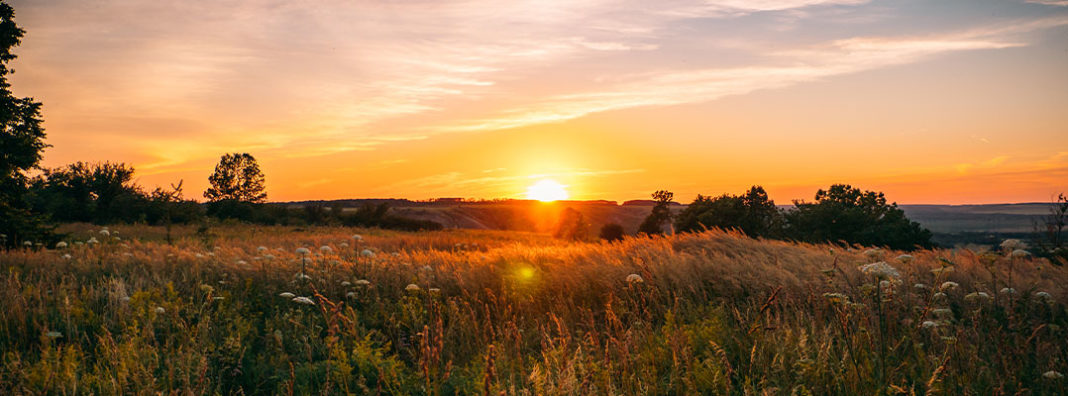
There’s still time to find holiday gifts that give back in a big way. High West’s American Prairie Bourbon gives 10 percent of every bottle sold toward creating the largest wildlife reserve in the lower 48—American Prairie Reserve (APR).
The Reserve spans across the Northern Great Plains in Montana and seeks to assemble more than 3 million acres (about the size of Connecticut) for conservation.
The American West is known for its wide open spaces and National Parks, yet grasslands remain largely unprotected. It turns out temperate grasslands are one of the most at risk biomes and the U.S. possesses one of only four left in the entire world. Historical records indicate that the Northern Great Plains once served as an “American Serengeti”—teaming with wildlife but just a fraction of this state remains today.
In 2006, High West Distillery began operating out of an old saloon with a 250-gallon still in Park City, Utah. Founder David Perkins selected Park City because of his love for the West: “I’ve always had an affinity for the West,” he says. So when Perkins got word of the ambitious effort to conserve what’s left of the plains his team jumped in to help.
High West partnered with American Prairie Reserve to create a specialty bourbon with the American Prairie Reserve story on its label. The collaboration between High West and APR provides an example of an innovative partnership that leverages shared values and culture to benefit both organizations and help conserve an at-risk ecosystem.
The business plan for building the American Prairie Reserve calls for combining about three million acres of existing public lands, including the one-million-acre Charles M. Russell National Wildlife Refuge and the 375,000-acre Upper Missouri River Breaks National Monument, by acquiring private lands in between. When complete, this area will be approximately double the size of Yellowstone National Park.
American Prairie Reserve has completed more than 30 land deals. Since the first property acquisition in 2005, the organization has assembled a land base of over 420,000 acres, comprised of private land and public land leased from the Bureau of Land Management. By combining land types in this way, APR is creating one large landscape that falls under a patchwork of ownership but is relatively seamless as a prairie ecosystem. This area is now open and free to the public; various camping options are available for a range of prices.
Many doubted APR’s ability to start a new, large-scale park without government funding. And while people were still scratching their heads over the idea of a whiskey distillery opening in Utah, these two entrepreneurial organizations were charting new territory, achieving their goals.
High West’s partnership with APR illustrates how purpose-driven companies can thrive in their business pursuits while contributing to broader environmental goals. Its story also demonstrates how environmental nonprofits can successfully tap into private initiatives rather than relying fully on the government to achieve their desired outcomes.
The old frontier mentality that helped shape American institutions was about tenacity, entrepreneurship, and creativity, but it also included a deep-rooted belief in individual responsibility for the well-being of communities and the resources people depend on. When High West Distillery met American Prairie Reserve, the two organizations rekindled this spirit and laid the groundwork for other businesses, nonprofits, and individuals to build on.
— Laura Huggins is a research fellow at the Property and Environment Research Center (PERC) and author of Center for Growth and Opportunity paper High West meets American Prairie Reserve.


 Utah Policy
Utah Policy